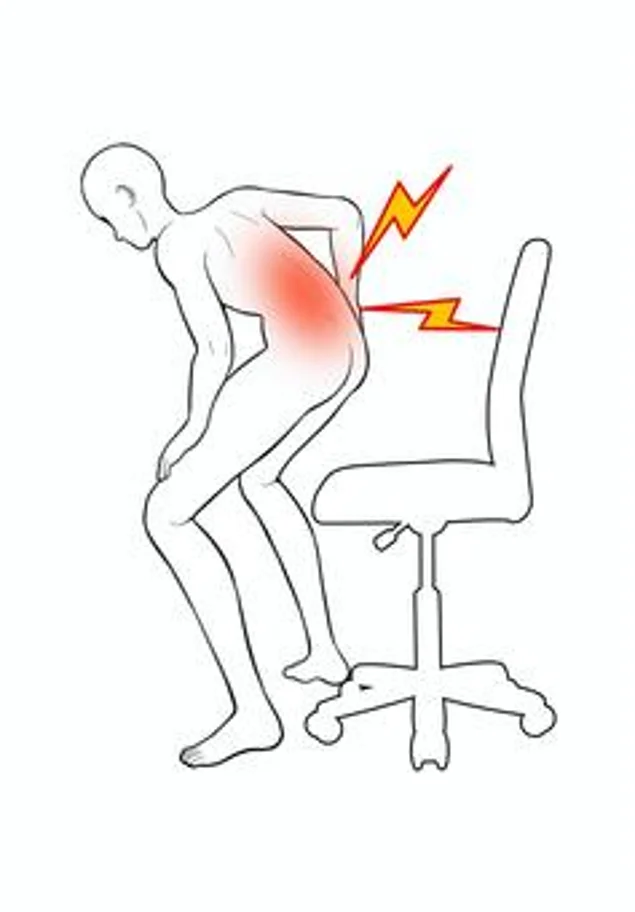
Prolonged sitting or stooping can deform ligaments and move the nucleus pulposus (the jelly-like substance in the intervertebral disc) backward within the annulus fibrosus.
The tissues of the spine remember the posture of the body that occurred a short time ago.
For example, a nucleus pulposus that has moved back due to prolonged forward bending of the lower back will remain moved back for a short time after the work is stopped. This backward migration of the nucleus pulposus is a risk for herniated discs.
If the ligaments are deformed after prolonged bending at the waist, the muscles in the back work harder than necessary to compensate.
It takes seven hours for the worked muscles to return to normal.
During that time, spinal stability is reduced and the risk of an annulus fibrosus injury is momentarily increased.
Lifting a heavy object immediately after a long period of working with a hunched back in the fields or prolonged sitting at a computer are very risky activities.
After prolonged bending forward or sitting, do not immediately start any straining tasks. You can reduce the risk to the annulus fibrosus by taking the time to stand up straight immediately before beginning the task.
We recommend that you stand up straight for two minutes.
Two minutes may seem like a long time, but there are reports that doing this can alleviate 50% of the strain on the lower back.
If you do not have time to stand for two minutes, try extending your spine right away so that your hips do not remain bent.
This will also help reduce the strain on your lower back.
Please be sure to take care of your body in the best way possible.
ILC International Lumbago Clinic Tokyo



